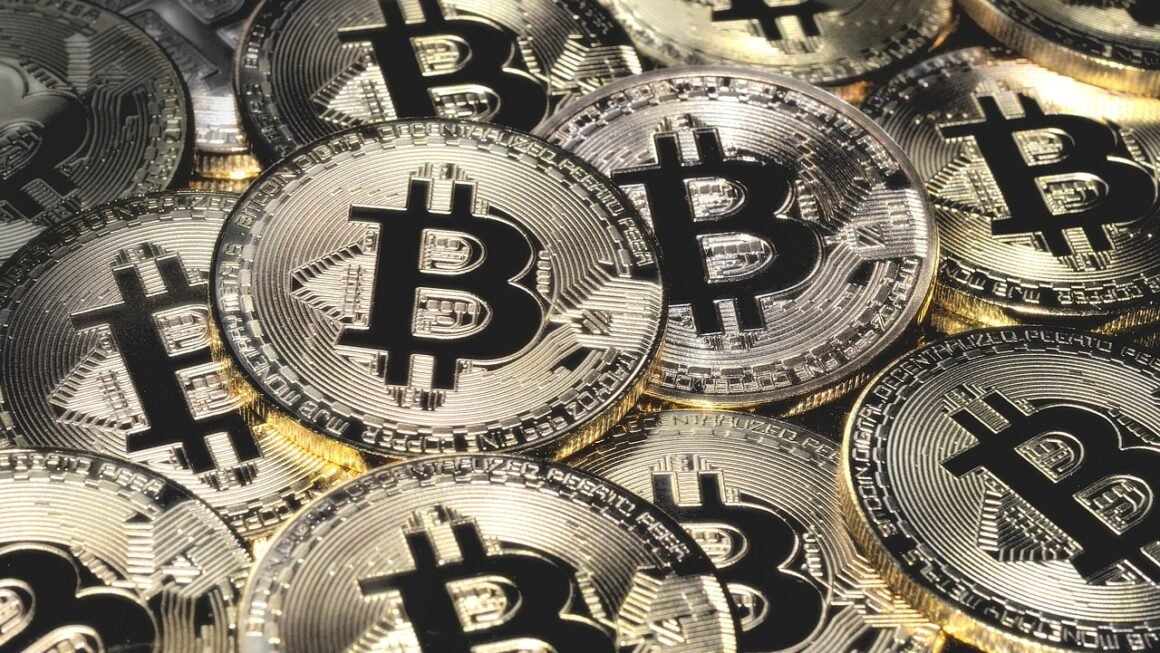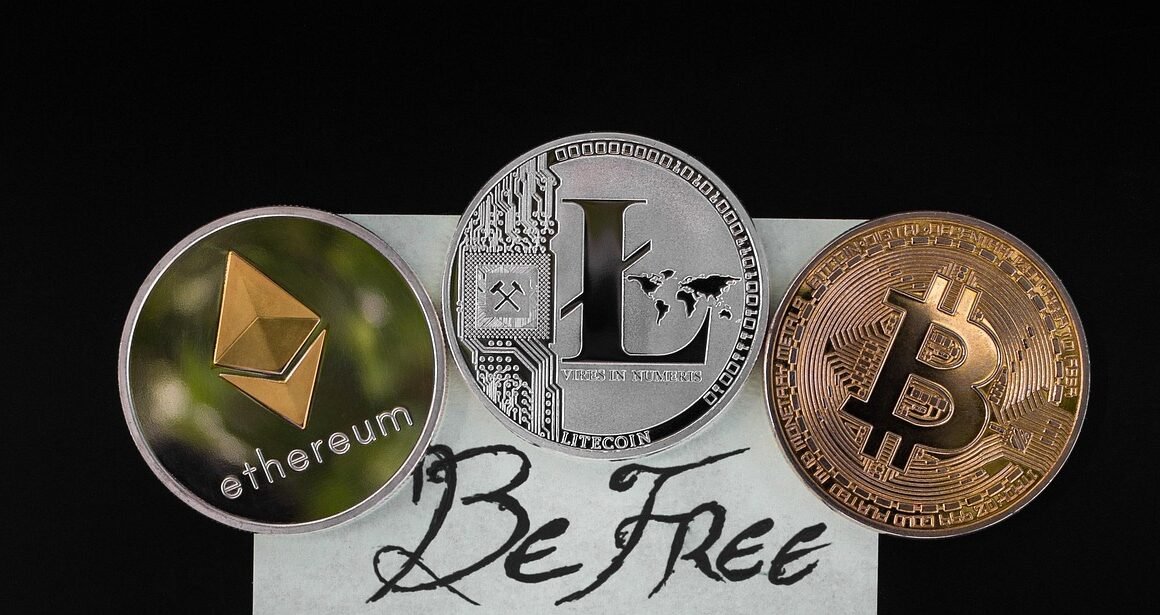Yield farming has revolutionized the decentralized finance (DeFi) landscape, offering users a novel way to earn rewards with their cryptocurrency holdings. It’s like planting seeds in a fertile digital field and reaping the harvest of interest and additional tokens. But with the complexity of liquidity pools, impermanent loss, and varying APYs, navigating the world of yield farming can be daunting. This comprehensive guide will break down the intricacies of yield farming, providing you with the knowledge to understand its mechanics and potentially profit from this innovative approach to cryptocurrency investment.
What is Yield Farming?
Defining Yield Farming
Yield farming, at its core, is the process of lending or staking your crypto assets to earn rewards, typically in the form of additional tokens. Users provide liquidity to decentralized exchanges (DEXs) or other DeFi platforms, earning interest or fees in return. It’s analogous to earning interest on savings accounts, but with potentially higher, albeit riskier, returns.
How Yield Farming Works
- Liquidity Provision: Farmers deposit their crypto assets into liquidity pools, which are essentially large pools of tokens that power DEXs. These pools allow users to trade one token for another.
- Earning Rewards: In exchange for providing liquidity, farmers receive rewards, usually in the form of the DEX’s native token or a portion of the trading fees generated by the pool.
- Automated Market Makers (AMMs): Most yield farming protocols rely on AMMs, which use algorithms to automatically determine the price of assets based on supply and demand, rather than traditional order books.
Example of Yield Farming
Imagine you want to farm on a DEX that supports the ETH/USDT pair. You deposit ETH and USDT into the liquidity pool. In return, you receive LP tokens representing your share of the pool. You then stake these LP tokens on the platform to earn the DEX’s native governance token, let’s say FARM. The more you deposit, and the longer you stake, the more FARM tokens you earn. This FARM token can be sold or staked for further rewards, creating a compounding effect.
Key Concepts in Yield Farming
Annual Percentage Yield (APY) vs. Annual Percentage Rate (APR)
Understanding the difference between APY and APR is crucial.
- APR (Annual Percentage Rate): Represents the simple interest rate earned over a year.
- APY (Annual Percentage Yield): Takes into account the effect of compounding interest, meaning that your earnings are reinvested to generate even more earnings. APY will always be higher than APR when compounding is involved.
Liquidity Pools
Liquidity pools are the foundation of yield farming. They are essentially reserves of tokens that facilitate trading on DEXs. Farmers contribute to these pools and are rewarded for their contribution. Common examples include pools on Uniswap, SushiSwap, and PancakeSwap.
Impermanent Loss
Impermanent loss is a significant risk associated with providing liquidity. It occurs when the price of the deposited assets changes relative to each other. If the price difference becomes significant, the farmer may end up with less value than if they had simply held the assets.
- Example: You deposit ETH and USDT into a pool. If the price of ETH doubles while USDT remains stable, your pool will rebalance, resulting in you holding less ETH and more USDT. This could lead to a loss if ETH continues to appreciate significantly. Impermanent loss is “impermanent” because it only becomes realized when you withdraw your liquidity.
Strategies for Mitigating Impermanent Loss
- Stablecoin Pools: Providing liquidity to pools consisting of stablecoins minimizes the risk of impermanent loss, as stablecoins are designed to maintain a stable value.
- Hedging Strategies: Some advanced farmers use hedging strategies to offset potential losses from price fluctuations.
- Choosing Pools with High Trading Volume: Higher trading volume often results in more fees, which can help offset impermanent loss.
Getting Started with Yield Farming
Choosing a Platform
Select a reputable DeFi platform with a proven track record and strong security measures. Research the platform’s governance, tokenomics, and community support. Popular platforms include:
- Uniswap: A leading decentralized exchange on Ethereum.
- SushiSwap: Another popular DEX with a strong focus on community governance.
- Aave: A decentralized lending and borrowing platform.
- Compound: Another established lending and borrowing protocol.
- PancakeSwap: A popular DEX on the Binance Smart Chain.
Connecting Your Wallet
You’ll need a compatible cryptocurrency wallet to interact with DeFi platforms. Popular choices include:
- MetaMask: A browser extension wallet that supports Ethereum and other EVM-compatible chains.
- Trust Wallet: A mobile wallet that supports a wide range of cryptocurrencies.
- Ledger: A hardware wallet that provides an extra layer of security.
Funding Your Wallet
Transfer the necessary cryptocurrency to your wallet to participate in yield farming. Ensure you have enough to cover transaction fees, which can be significant on some networks like Ethereum.
Depositing Liquidity
Navigate to the chosen liquidity pool and deposit the required tokens. Be sure to understand the pool’s rules and potential risks before depositing. After depositing, you’ll usually receive LP tokens representing your share of the pool.
Staking LP Tokens
Stake your LP tokens on the platform to start earning rewards. Monitor your yields and adjust your strategy as needed.
Risks and Considerations
Smart Contract Risk
DeFi platforms rely on smart contracts, which are susceptible to bugs and vulnerabilities. A flaw in the smart contract could lead to the loss of deposited funds.
Rug Pulls and Scams
Be wary of new or unaudited platforms promising extremely high yields. “Rug pulls” occur when developers abandon a project and abscond with users’ funds. Thoroughly research any platform before investing.
Impermanent Loss (Again!)
As discussed earlier, impermanent loss can significantly impact your returns. Understand the risks before providing liquidity.
Gas Fees
Transaction fees (gas fees) on some blockchains, particularly Ethereum, can be high, especially during periods of network congestion. Factor in gas fees when evaluating the profitability of yield farming.
Regulatory Uncertainty
The regulatory landscape surrounding DeFi is still evolving. Changes in regulations could impact the legality and viability of yield farming.
Conclusion
Yield farming offers exciting opportunities to earn passive income with cryptocurrency. However, it’s not without its risks. Thorough research, a solid understanding of the underlying mechanics, and a cautious approach are essential for success. By understanding the key concepts, evaluating the risks, and carefully choosing your platforms, you can navigate the world of yield farming and potentially reap the rewards of this innovative financial system. Remember, start small, diversify your positions, and never invest more than you can afford to lose. Happy farming!



